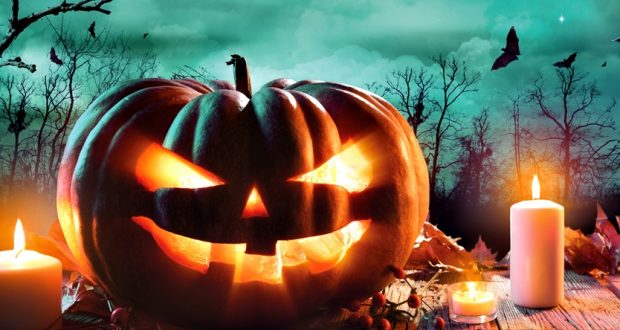The celebration dates back to Samhain (pronounced Sow-in). Samhain was celebrated on the 1st of November, and was much like our current New Year. And like New Year’s, the real celebration takes place the night before – to bring in the new year. The Celts ended their year with Fall – a time when all the crops would be harvested and placed in storage for a long winter.
Samhain was also spiritual in that it was believed that at this time, the boundaries between the living and dead got blurred. To ward off the evil let loose at Samhain, huge bonfires were lit and people wore ugly masks and disguises to confuse the spirits and stop the dead from identifying individuals they had disliked during their own lifetimes. Some people would leave food outside their homes in hope that their generosity could appease the dead.
As with many pagan holidays, Christianity pushed its way in to create a more “acceptable” Christian event. Sure enough, November 1st was declared to be All Saints Day, also known as All Hallows Day. The evening before became known as Hallows' Eve, and from there the origin of Halloween, as a word, is clear.
Many Americans (and thereafter Canadians) don’t realize that Halloween was never celebrated until the arrival of the Irish in the 1840s. It’s believed that when Irish immigrants moved to the US, the native pumpkin was adopted for Halloween purposes. Traditionally, it had been the Irish turnip – YIKES!
This year, as you celebrate Halloween, you can remember your Celtic forbears and wish one another a happy and prosperous New Year.

 RSS Feed
RSS Feed